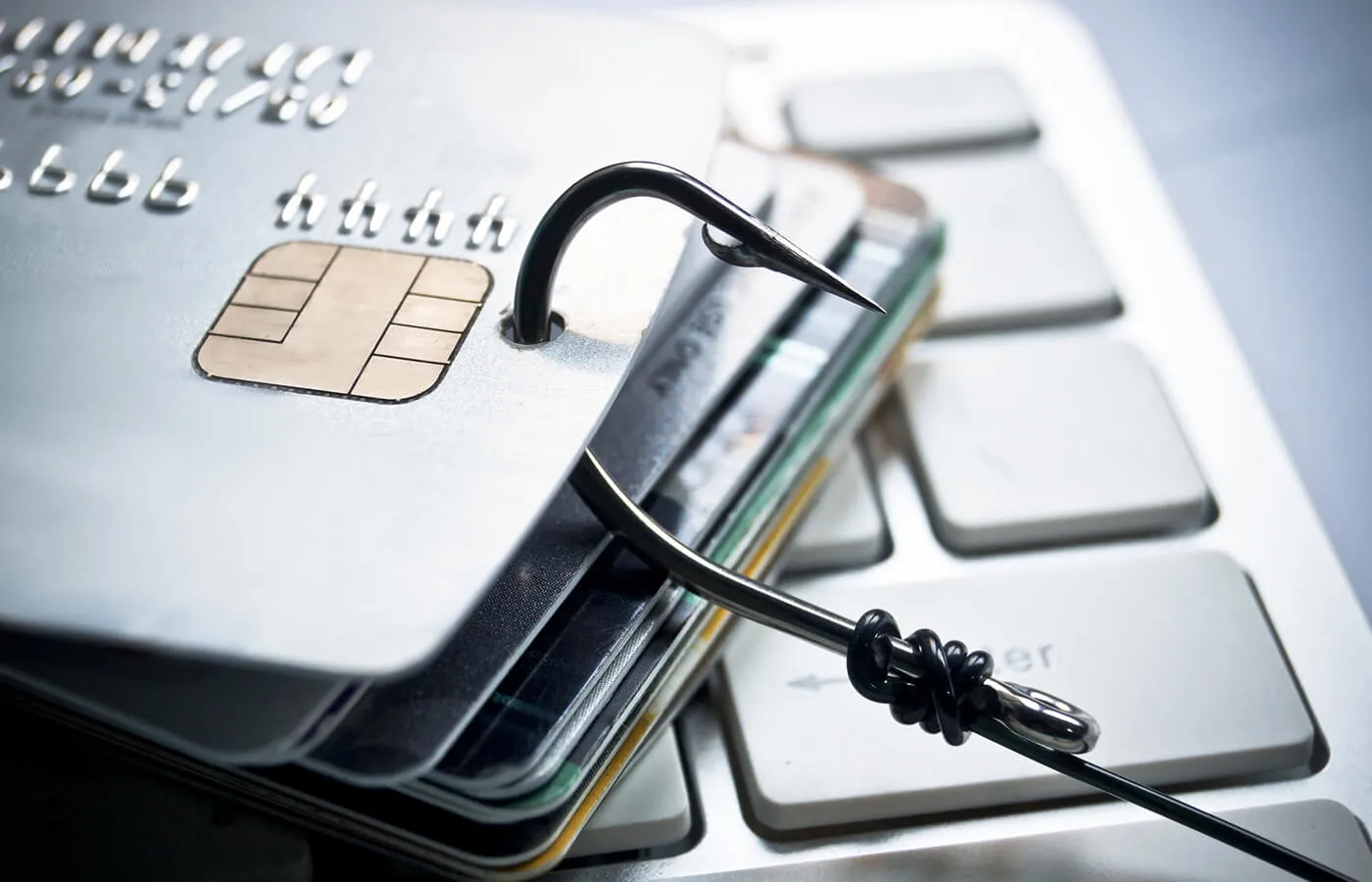3 Things to Do If Your Credit Card or Debit Card Is Involved in a Data Breach

There were more than 1,500 data breaches last year and it doesn't look like the identity thieves, hackers and scam artists who prey on stealing your personal and financial data are going to quit anytime soon.
If your data is included in one of these massive breaches, you'll need to take action fast to protect yourself. Here's what to do when you find out your credit card or debit card has been compromised.
A breach may be limited to just scooping up your credit or debit card information, but it can often include other personal account data that can be used to exploit your identity for any number of crimes.
Some examples include: draining your bank account and placing unauthorized purchases on your card, opening new credit in your name, and using your data to fraudulently file your taxes and get your tax refund.
Thieves target valuable information, such as your full name, date of birth, gender, email address, Social Security number, phone number and more.
What Is a Payment Card Data Breach?
One common type of data breach is what's known as a payment card breach. This is when the payment card information kept in a database of a retailer or company is hacked or information is leaked. This can include credit card numbers, debit card numbers, addresses
What to Do If Your Card Data Is Breached
Here are the important steps you should take if your credit card or debit card is part of a data breach:
1. Cancel Your Card
Call your bank or card issuer and request a new credit or debit card. If a debit card was involved, you'll also want to change the PIN on the account. Some banks and issuers automatically shut down your card and send a new one when they know it's been compromised.
2. Check Your Accounts
You'll also want to check bank and credit card statements for suspicious activity or purchases, as well as going online to check recent activity.
If your card is used before you're aware of the data breach and it's used by a thief, you'll need to make sure you dispute the charges with your bank or card issuer immediately.
This process can be a bit lengthier with a debit card, but you'll want to flag any potential debit or credit card fraud as soon as possible.
With a debit card, you've got 60 days to report an unauthorized transaction from the time you receive your statement because the credit card number was stolen and the card wasn't lost.
Note: According to the FTC, if your card is stolen and used, you could end up responsible for up to $500. On credit cards, you won't have any liability when your credit card number is stolen. Be sure to check future statements, as well.
3. Change Passwords
Your next step is to change your passwords on those accounts, as well as the password to any account that's been breached. If you re-use some form of those passwords on other accounts, it's a good idea to change those, too.
Other Options After a Data Breach
Assuming you've reported any unauthorized transaction immediately to the credit card or debit card issuer and since a card can easily be canceled, you may not need to take additional action other than keeping an eye on your card statements and credit reports.
However, if there is additional personal information that was included in the data breach or you want extra protection, you have the right to ask for a fraud alert to be placed on your credit report with the three major credit bureaus—Experian, Transunion and Equifax. A fraud alert asks lenders to take extra steps to verify your identity as part of the credit approval process. If you place an alert with one bureau, it will share the alert with the other two bureaus.
For more protection, you have the right to freeze your credit reports, which prevents any new credit accounts from being opened in your name. You'll need to freeze (and unfreeze) your reports with each credit bureau individually.
All this can seem like a hassle, but it's much, much better to be proactive and take steps to cut off ID thieves before they get into your accounts, or at least as soon as you see they've attacked you. Otherwise, it can be a lengthy and expensive chore to set things right.
Monitor your credit for free
Credit monitoring can help you detect possible identity fraud, and can prevent surprises when you apply for credit. Get daily notifications when changes are detected.
Get free monitoringAbout the author
Brian O'Connor is an award-winning personal finance journalist, the founding managing editor of Bankrate.com, executive ghostwriter, and author of "The $1,000 Challenge: How One Family Slashed Its Budget Without Moving Under a Bridge or Living on Government Cheese," which was named Best Money Management Book of the Year by The Institute for Financial Literacy.
Read more from Brian